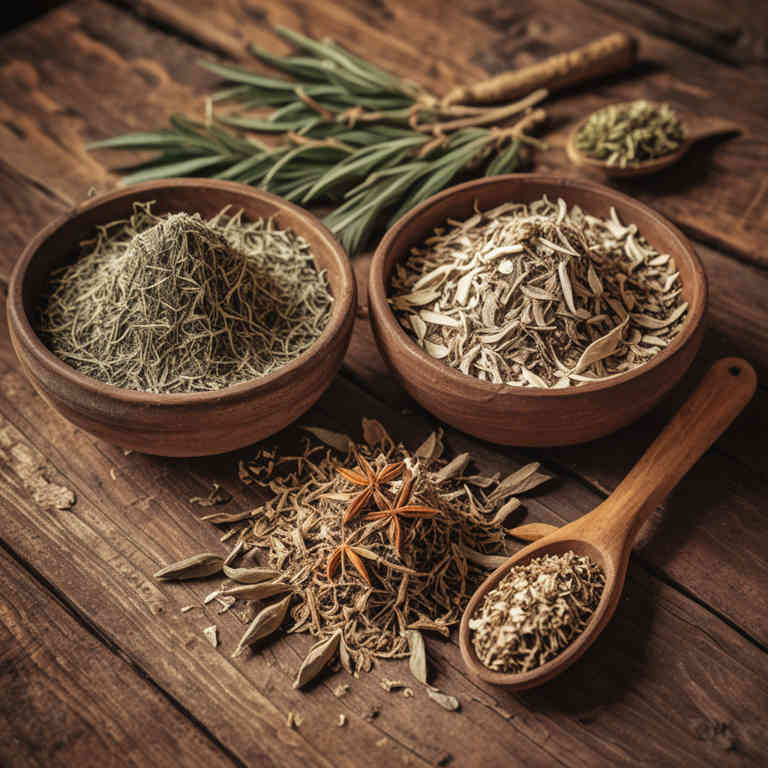Terminalia chebula mucillage for medicinal use

Terminalia chebula mucillage is a viscous, gel-like substance derived from the fruit of the Terminalia chebula tree, commonly known as the chebulic myrobalan.
This preparation is rich in tannins, polysaccharides, and other bioactive compounds, which contribute to its medicinal properties. In herbalism, it is used to support digestive health, reduce inflammation, and promote wound healing due to its astringent and antimicrobial effects. It is often applied topically for skin conditions or taken internally to aid in gastrointestinal disorders.
Terminalia chebula mucillage is valued in traditional systems of medicine such as Ayurveda and Chinese herbalism for its broad therapeutic applications.
Uses
Terminalia chebula mucillage has been used to treat digestive disorders, respiratory ailments, and skin conditions for centuries in traditional Ayurvedic and Chinese medicine.
Historically, it was valued for its ability to soothe inflammation and promote healing, often prepared as a paste or decoction. In modern times, research has shown its potential anti-inflammatory, antioxidant, and immunomodulatory properties, leading to its use in herbal formulations for gut health and chronic disease management. It is also being explored for its role in supporting liver function and reducing oxidative stress.
Today, it remains a key ingredient in traditional remedies and is gaining recognition in integrative medicine practices.
Benefits
Terminalia chebula mucillage has health benefits such as enhancing digestive health, supporting immune function, and promoting skin health.
This preparation is rich in tannins, gallic acid, and other bioactive compounds that contribute to its therapeutic properties. It is traditionally used in Ayurveda for its antioxidant and anti-inflammatory effects. The mucilage helps in soothing the gastrointestinal tract and may aid in managing conditions like ulcers and diarrhea.
Additionally, it is believed to have potential in reducing oxidative stress and improving overall well-being.
Constituents
Terminalia chebula mucillage active constituents include tannins, gallic acid, ellagic acid, and various polysaccharides.
These compounds contribute to its traditional use in promoting digestive health and supporting the immune system. The tannins possess astringent properties that may help in reducing inflammation and improving gut health. Gallic and ellagic acids are known for their antioxidant and anti-inflammatory effects, which can protect cells from oxidative stress.
Polysaccharides in the mucilage may enhance the body's ability to fight infections and support overall wellness.
Preparation
To make Terminalia chebula mucillage, first gather 50 grams of Terminalia chebula fruit, also known as Chebulic Myrobalan.
Wash the fruit thoroughly and chop it into small pieces to facilitate extraction. Place the chopped fruit in a pot and add enough water to cover it by about 2 inches.
Bring the mixture to a gentle boil, then reduce the heat and let it simmer for approximately 30 minutes. Strain the liquid through a fine mesh or cheesecloth to collect the mucilage, which will be the thick, sticky residue left behind.
This mucilage can then be used as a natural remedy or further processed as needed.
Side Effects
Terminalia chebula mucillage may lead to gastrointestinal discomfort, including nausea, vomiting, and diarrhea, due to its high mucilage content.
It can also cause allergic reactions in individuals sensitive to the plant's components. Prolonged use may contribute to digestive issues or interfere with nutrient absorption. In some cases, it might interact with medications, particularly those affecting the digestive system or blood sugar levels.
It is important to consult a healthcare professional before using this preparation, especially for individuals with pre-existing health conditions.